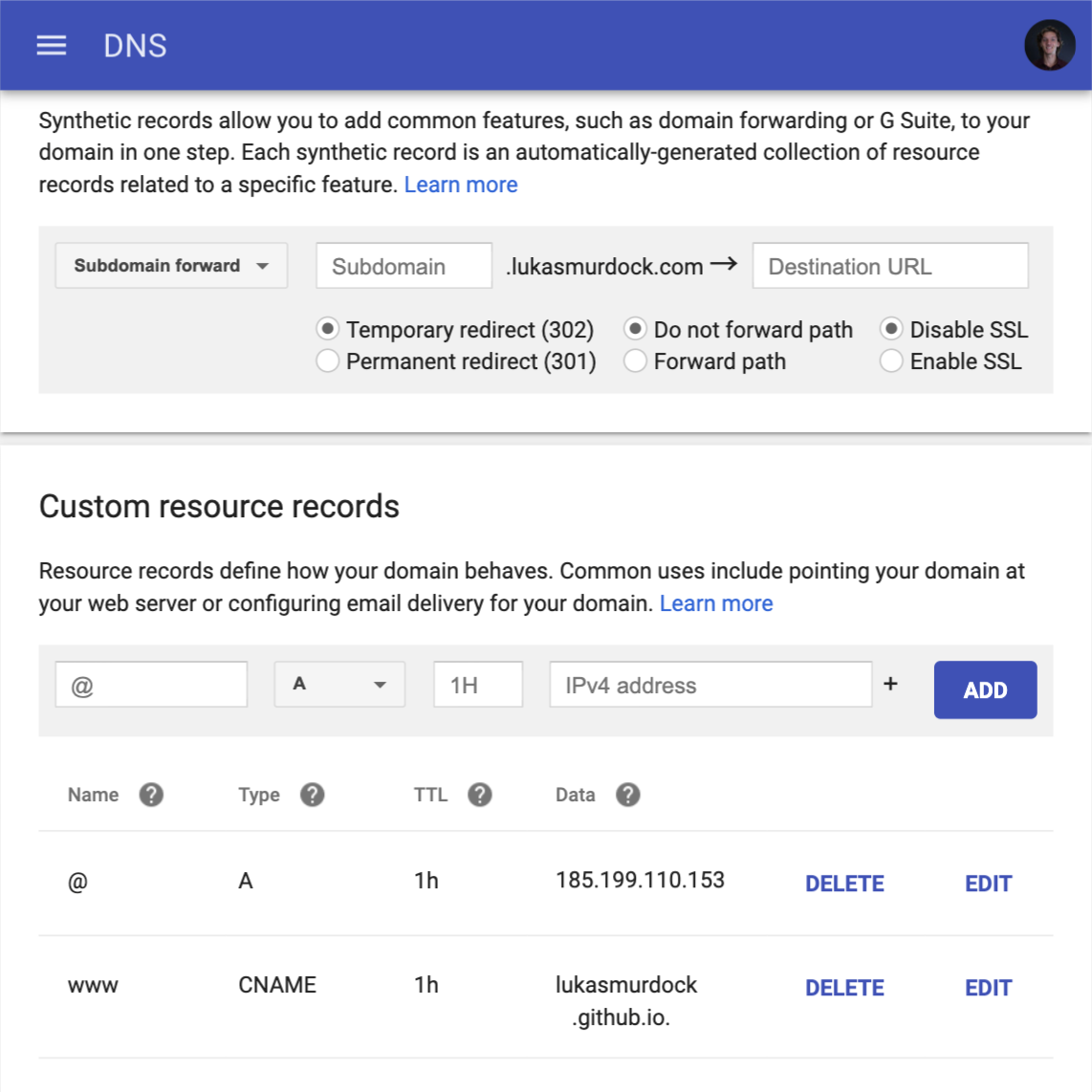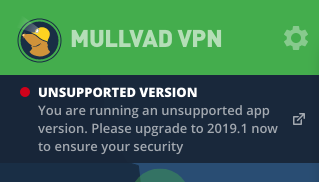

That server might also be eliminated or down the next day, and so on… Then, once you go through all the elimination steps of figuring out that it’s not some isp problem or myriad of qubes’ glitches, you’ll have to go through all the mullvad morass in the instructions above again to set up a different wireguard server. What happens periodically is that mullvad either completely eliminates a wireguard server or it’s just down for a long time. (I’ve yet to get the ivpn to work with the same setup i’ve long used with mullvad - both openvpn and wireguard more recently.) In my experience, Wireguard is lame even with the best providers, such as mullvad and ivpn, because of the extensive, manual configuration required per server, unless using their app. Create a new standaloneVM based on debian-minimal template (name it like `vpn-mullvad`) `sudo qubes-dom0-update qubes-template-debian-11-minimal`Ģ. Install the debian 11 minimal template on dom0 using the following command (if you haven't already done so). *Since I'm new to Qubes, many things in this note can be wrong.*ġ. This is a note about setting up the Mullvad GUI with the debian minimal template. mullvad-gui-qubes.md # Setting up mullvad gui in debian 11 minimal standaloneVM - r4.1 # FIXME: Tinyproxy does not reload DNS servers. # You may need to increase it beyond 5 seconds. Insert the line sleep 5 above the line /usr/lib/qubes/qubes-setup-dnat-to-ns in /etc/NetworkManager/dispatcher.d/qubes-nmhook like this: #!/usr/bin/sh


In the Mullvad AppVM I set /etc/mullvad-vpn to be persistent and I start the GUI and connect to VPN.

I have installed the Mullvad GUI in (the template of) an AppVM and set that AppVM to “provide networking”.


 0 kommentar(er)
0 kommentar(er)
